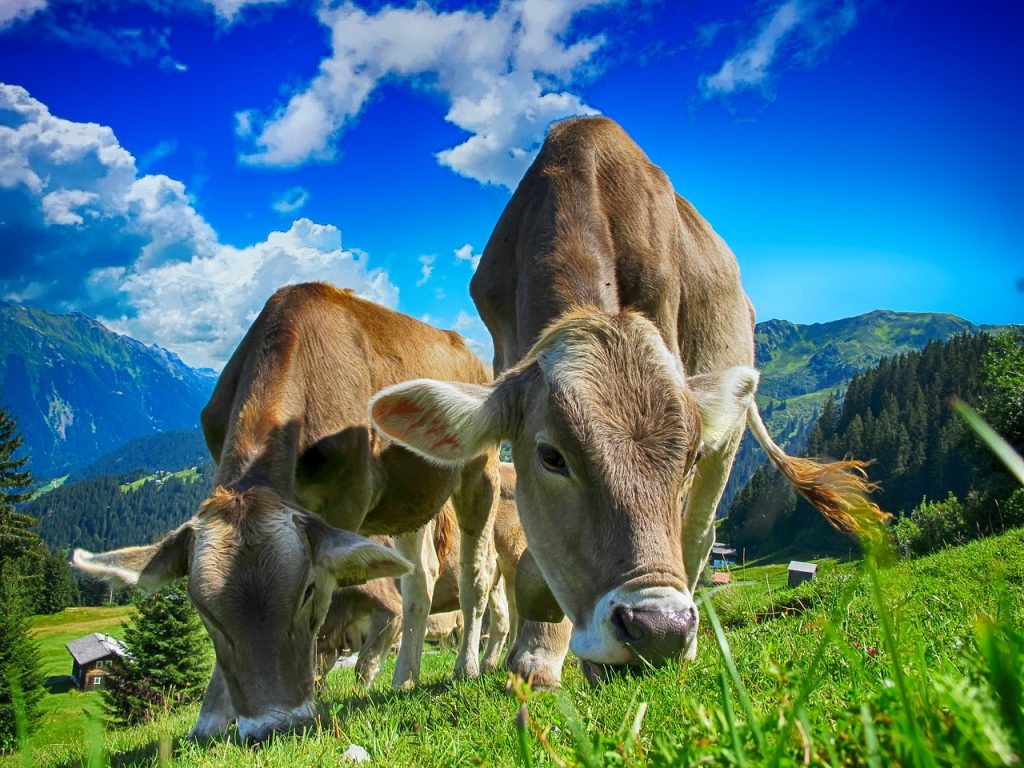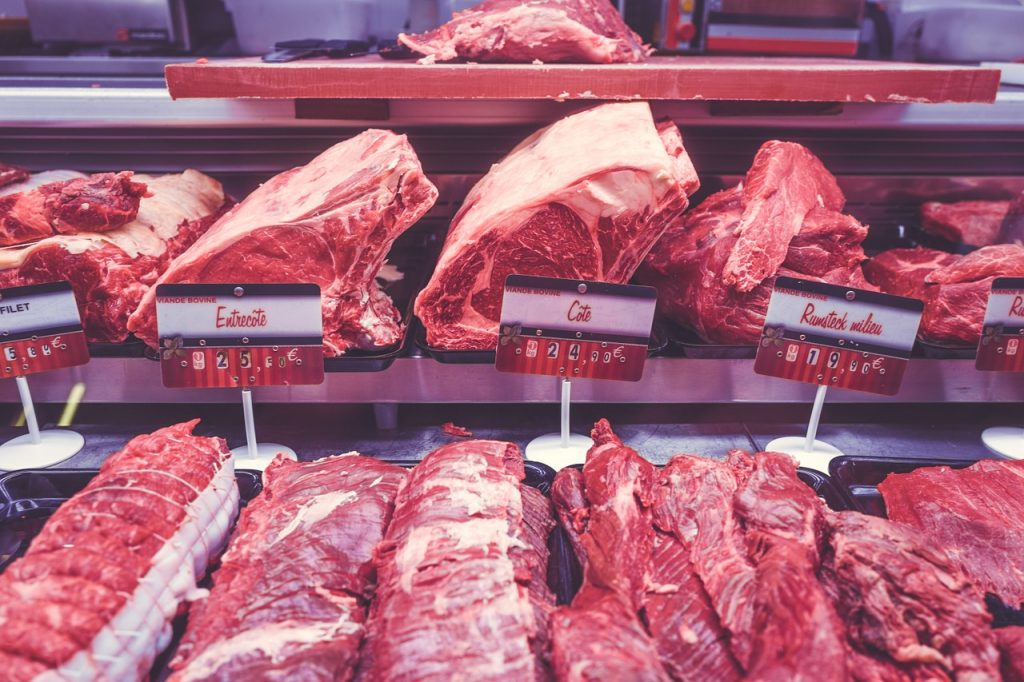Beef Labels Are Hiding Something Important From Consumers
Beware of beef labels, new data suggests they are concealing important information.
This article is more than 2 years old

No doubt the internet is chock-full of facts that aren’t really facts. After all, just because you read it on the internet doesn’t make it true, right? And if you can’t trust the internet, who can you trust? Most people would agree that trust is hard to come by these days. The government has taken quite a few stances to promote trustworthiness between businesses and consumers, but is the trust really there? Probably not, especially considering the recent dishonesty spread by some of today’s more well-respected meat brands. According to Food & Wine, some beef labels are heavily misleading consumers.
First and foremost, it’s important to understand that USDA Prime is a designation given to cattle based on its quality and marbling. Rather than being a sort of beef, it is a standard. A grading system is used to determine USDA status with the USDA’s Agricultural Marketing Service using it to assure high-quality and consistent products. The beef labels scale has three official grades: Prime, Choice, and Select.
Armed with that information, one would think current guidelines in the USA mandate beef brands to never falsely label or partake in false advertising. If beef is labeled in packaging as being from the USA, then it is, right? Wrong! Just because the package says the meat was made in the USA doesn’t mean it really was. Therein lies just how beef labels are misleading consumers.
It’s clear that the existing beef labels completely mislead the American people. Despite this concerning trend, however, it’s fairly simple to understand why many farmers steer clear of raising grain animals in order to acquire nice meat; because grass-based animal nutrition is expensive for many cow ranchers. A pound of beef requires eight pounds of feed!

Then there’s also the factor of rising medical bills. Depending on the health of the cows and cowboys, medical expenses on the farm can be quite ghastly. It’s also worth noting that vegetarian cows produce less milk than meat-eating cows. They don’t grow as large or as quickly as meat-eating cows either, because they obtain less protein.
Still, unfortunately, the American government has an alleged history of bending the truth to its favor, for beef labels in particular. Take for example the criteria that must be met to label beef as a “Product of the USA.” A look at the current guidelines quickly reveals that beef derived from animals imported from a foreign country can still be sold under the “Product of the USA” label even if they were slaughtered in another country. More so, it can be considered such a product as long as it is imported from a foreign country and then repackaged in America.
Fortunately, there are some trustworthy people and brands that still exist. The American Beef Labeling Act restricts beef from being labeled on its packaging as a “Product of the USA” unless it really is. And to meet “Product of the USA” labeling requirements, the beef must not only come from cows grown in the USA but they must be born and processed there as well. These are beef labels that consumers can have confidence in knowing that they say what they mean.
Transparency in labeling is a big deal, especially for beef labels. When transparency exists, it benefits both producers and consumers and keeps everyone on the same page. Ultimately, it helps do away with any misunderstanding. If the label says “Product of the USA,” then that’s precisely what it should mean. There should be no room for confusion or misinterpretation.






